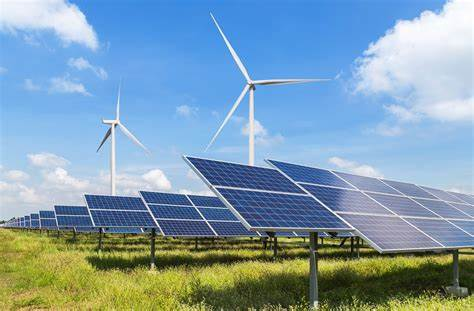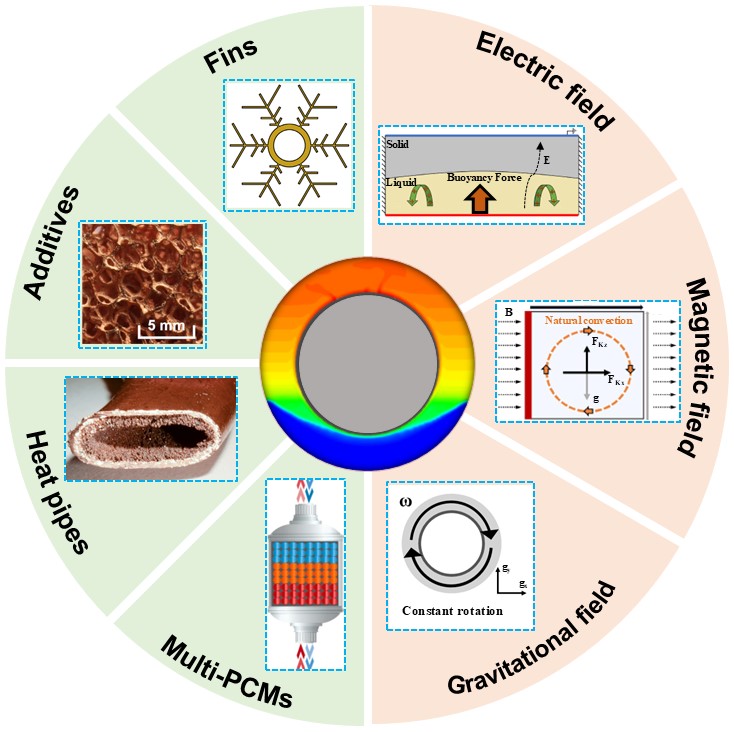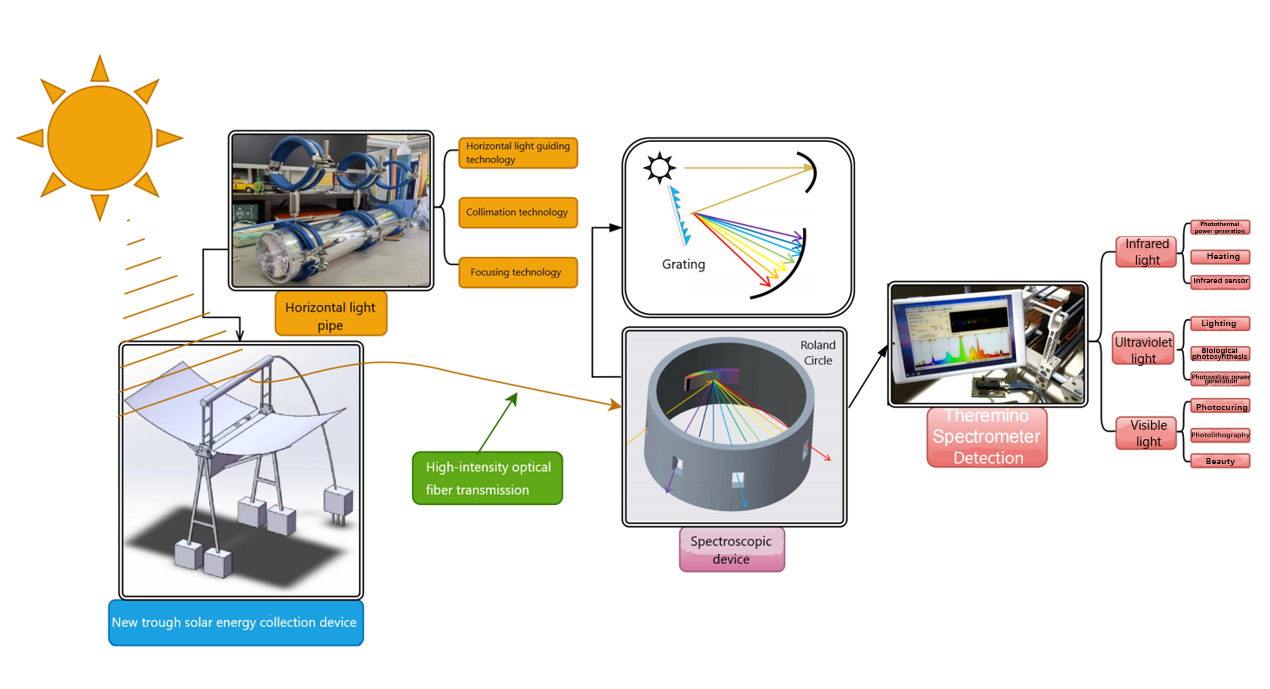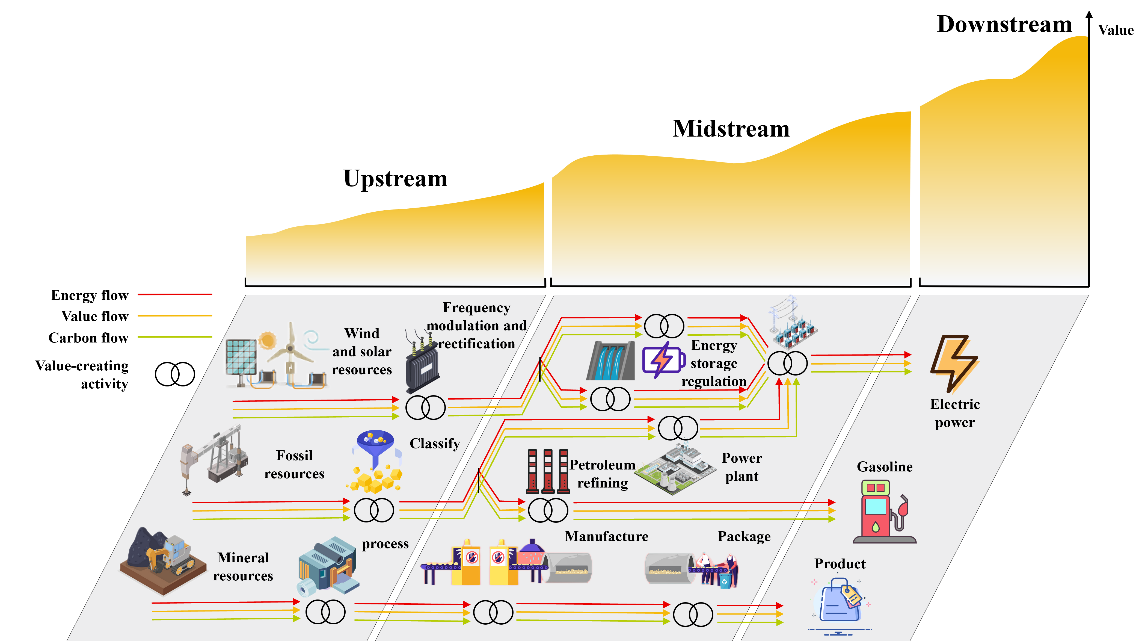Vol. 2 No. 4 (2024)
The authors of Volume 2, Issue 4 of Clean Energy Science and Technology (CEST) come from four countries: China, the United Kingdom, Canada, and Mexico, including the Fellow of the Royal Society, the atmospheric vortex engine inventor in Canada, experts and scholars from the Institute of Mechanics of the Chinese Academy of Sciences, Tsinghua University, Zhejiang University, Beijing University of Chemical Technology, Tongji University, and Autonomous University of Yucatan. This issue contained ten papers: one editorial, one brief report, three review articles, and five original research articles. We woluld like to thank the authors, editors, and reviewers for their enthusiastic support of this journal. Please read, share, and communicate!
Full Issue
Editorial
-
 Open Access
Open AccessArticle ID: 328
Brief Report
Article
-
 Open Access
Open AccessArticle ID: 288
-
 Open Access
Open AccessArticle ID: 218
-
 Open Access
Open AccessArticle ID: 263
-
 Open Access
Open AccessArticle ID: 240
Review
-
 Open Access
Open AccessArticle ID: 253














.jpg)
.jpg)

